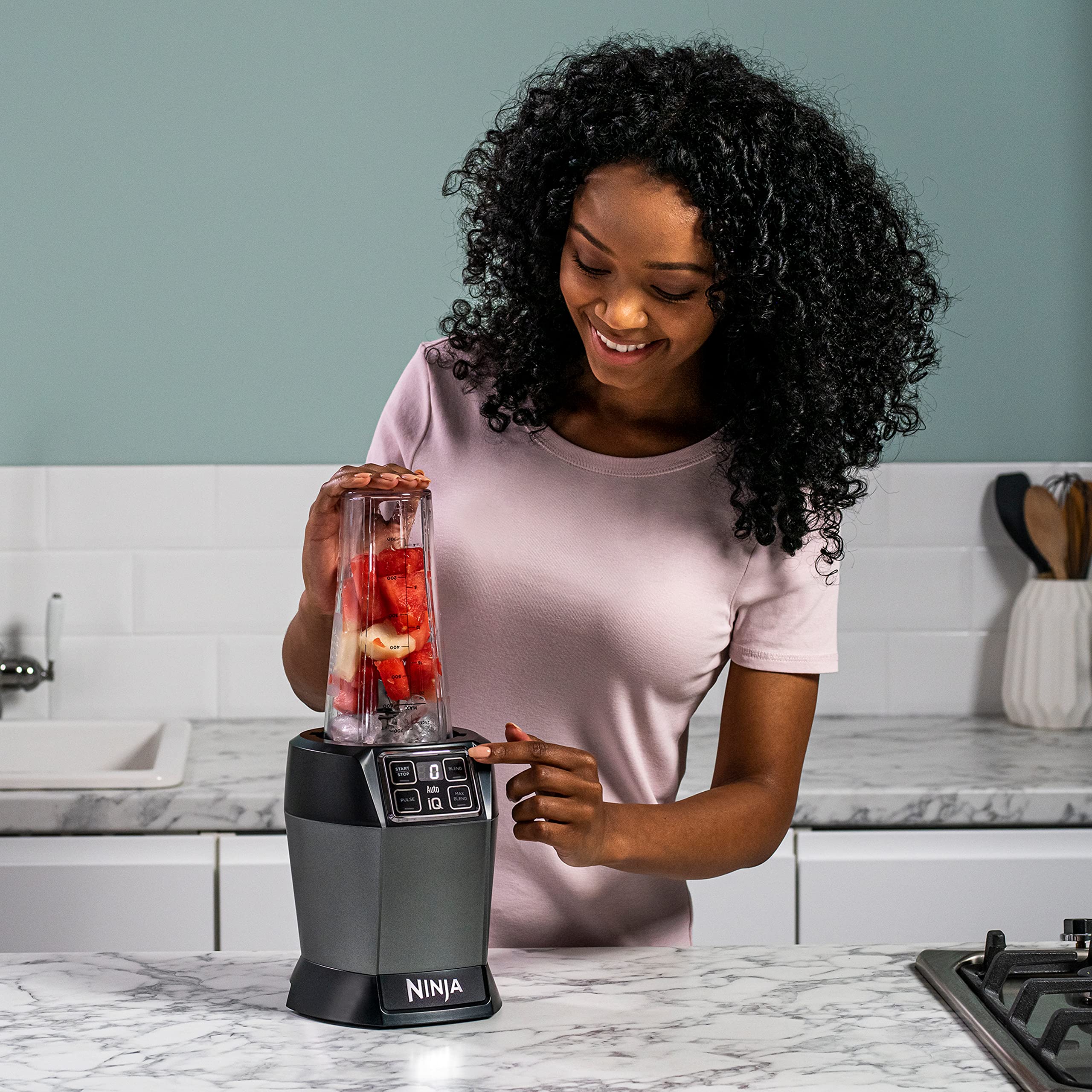

Articles
Why Is Ninja Blender So Loud
Modified: August 28, 2024
Discover why Ninja Blender is so loud with our informative articles. Find out the reasons and learn how to reduce the noise level for a more enjoyable blending experience.
(Many of the links in this article redirect to a specific reviewed product. Your purchase of these products through affiliate links helps to generate commission for Storables.com, at no extra cost. Learn more)
Introduction
When it comes to kitchen appliances, blenders are undoubtedly one of the most essential tools to have. Whether you’re whipping up smoothies, crushing ice, or pureeing vegetables, a high-quality blender can make your culinary adventures a breeze. However, there is one aspect that some users find challenging to overlook – the noise. It’s no secret that many blenders, including the popular Ninja Blender, are notorious for being quite loud during operation.
In this article, we will delve into the reasons why the Ninja Blender and other similar models tend to produce such a significant amount of noise. We will explore the scientific factors behind noise generation, the impact of motor power and blade design, strategies to reduce noise, and the overall effect of noise on blender performance. By the end, you will have a better understanding of why blenders can be loud and how to make an informed decision when purchasing a blender.
So, let’s dive into the science behind the noise and discover why your Ninja Blender is noisier than you might expect.
Key Takeaways:
- The science behind blender noise reveals that motor power, blade design, and construction influence noise levels. Understanding these factors helps users balance noise with performance when choosing a blender.
- While Ninja blenders and similar models may be louder, advancements in motor technology and noise reduction strategies offer quieter blending experiences without compromising performance. User comfort and preferences play a key role in selecting the right blender.
Read more: Why Is My Bathtub Drain So Loud
The Science Behind Noise
Noise is a byproduct of mechanical movement and friction, and blenders are no exception. When you turn on your Ninja Blender, the motor spins the blades at incredible speeds, causing the ingredients inside to blend and mix. However, this rapid rotational motion creates vibrations, which in turn generate sound waves in the air, resulting in the noise you hear.
The noise generated by a blender can be influenced by various factors, including the motor power, blade design, and the overall construction of the appliance. Let’s take a closer look at each of these factors to understand their impact on noise generation.
Motor Power: The power of the motor in a blender determines the speed at which the blades rotate. Generally, blenders with higher motor power tend to produce more noise. This is because a powerful motor generates stronger vibrations, which translates into louder noise. However, it’s worth noting that a more powerful motor also means the blender can handle tougher ingredients and blend them more efficiently.
Blade Design: The design of the blades plays a crucial role in the noise generated by a blender. Blades with a sharp and serrated edge are highly effective at blending ingredients but can also contribute to increased noise. Additionally, the shape and material of the blades can impact how quiet or loud the blender is. For example, blades made of stainless steel typically produce less noise compared to those made of other metals.
Construction: The overall construction and materials used in the blender can affect noise levels as well. High-quality blenders often incorporate noise-reducing features such as sturdy and secure housing to dampen vibrations, and rubber gaskets to minimize the transmission of sound waves. On the other hand, cheaper and less well-built blenders may produce more noise due to inadequate sound insulation.
Understanding these factors can help you make an informed decision when selecting a blender. While a quieter blender may be desirable, it is important to balance noise levels with other essential features such as motor power and durability.
Now that we have explored the science behind noise generation in blenders, let’s dive deeper into the impact of motor power and blade design on noise levels.
Motor Power and Noise Levels
Motor power is a key determinant of the overall performance of a blender. It determines how fast the blades spin and how efficiently the ingredients are blended. However, it is important to note that higher motor power often comes with increased noise levels.
A blender with a powerful motor can handle tough ingredients like ice, frozen fruits, and nuts with ease. The strong motor allows the blades to rotate at high speeds, resulting in smoother and quicker blending. However, the high speed also generates more vibrations, leading to louder noise during operation.
Blenders typically have motor power measured in watts. Higher wattage indicates a more powerful motor, which translates to faster blending but potentially louder noise. For example, a blender with a motor power of 1000 watts will likely be louder than one with a motor power of 500 watts.
The trade-off between motor power and noise levels is a common consideration when purchasing a blender. If you prioritize quiet operation, you may opt for a blender with a slightly lower motor power. However, keep in mind that this may impact the blender’s ability to handle tougher ingredients.
Fortunately, advancements in motor technology have allowed manufacturers to develop quieter blenders without compromising performance. Many modern blenders incorporate noise-reduction features such as improved insulation, vibration-dampening mounts, and advanced motor designs. These innovations help minimize noise levels while still delivering powerful blending capabilities.
When comparing blenders based on motor power and noise levels, it is also helpful to consider the specific needs and preferences of the user. If you primarily use your blender for softer ingredients like fruits and vegetables, a lower motor power blender may be sufficient and quieter. However, if you frequently blend tougher ingredients or require faster blending times, a higher motor power blender may be necessary, even if it means accepting a slightly noisier operation.
Now that we have explored the relationship between motor power and noise levels, let’s move on to discuss the impact of blade design on noise generation.
Blade Design and Noise Generation
The design of the blades in a blender plays a significant role in both the blending performance and the noise levels it produces. Blade design determines how efficiently the ingredients are mixed, but it can also impact the noise generated during operation.
Blades with a sharp and serrated edge are commonly found in blenders as they are highly effective at cutting through ingredients and producing smooth blends. However, these sharp edges can also contribute to increased noise generation. As the blades slice through the ingredients, the rapid movement creates vibrations that transfer to the blender jar and the surrounding air, resulting in noise.
The shape and orientation of the blades can also affect noise levels. Blades with a curved shape or angled design may create more turbulence in the blending jar, leading to increased noise. Additionally, the material used for the blades can influence noise generation. Stainless steel blades, for example, tend to produce less noise compared to blades made of other metals.
Manufacturers are aware of the impact of blade design on noise, and some have incorporated features to mitigate it. Advanced blade designs, such as those with special coatings or serrations, can help reduce the noise produced during blending. Additionally, some blenders include features like sound-dampening enclosures or rubber gaskets to dampen vibrations and minimize noise transfer.
It’s important to note that while blade design can contribute to noise generation, it should not be the sole factor you consider when selecting a blender. The effectiveness of the blades in blending ingredients and the overall durability of the blender are equally important considerations.
Now that we understand how blade design can impact noise generation, let’s explore some strategies that manufacturers employ to reduce blender noise.
To reduce the noise of your Ninja blender, try placing a rubber mat or towel underneath it to absorb vibrations. You can also blend at a lower speed or invest in a sound enclosure to minimize the noise.
Noise Reduction Strategies
To address the issue of noisy blenders, manufacturers have implemented various strategies to minimize noise levels and improve overall user experience. Let’s take a look at some common noise reduction techniques employed in blender design.
1. Motor Enclosure: Many blenders feature a motor enclosure, which acts as a noise-dampening shield for the motor. This enclosure is typically made of high-quality materials that help block out vibrations and reduce noise transmission. The motor enclosure also serves to protect the motor from external factors, prolonging its lifespan.
2. Vibration-Damping Mounts: Some blenders are equipped with vibration-damping mounts at key points such as the motor base and blender jar. These mounts absorb and reduce vibrations generated during blending, resulting in a quieter operation. This feature is particularly beneficial for blenders with powerful motors that generate more vibrations.
3. Sound-Insulating Materials: Manufacturers incorporate sound-absorbing materials within the blender’s construction to minimize noise levels. These materials help to absorb and dampen sound waves, preventing them from propagating into the surrounding environment. Rubber gaskets and cushioning pads are common examples of sound-insulating materials used in blenders.
4. Advanced Motor Design: Technological advancements have allowed manufacturers to develop motors specifically designed for reduced noise generation. These motors feature improved internal components, smoother operation, and better precision, resulting in quieter blending experiences. Advanced motor designs also often improve energy efficiency and overall performance.
5. Optimized Airflow and Ventilation: Proper airflow and ventilation play a crucial role in reducing noise levels. Some blenders feature intelligently designed vents and airflow systems that help dissipate heat and maintain optimal motor performance without creating excessive noise. These ventilation systems prevent the motor from overheating and minimize noise during prolonged blending sessions.
By utilizing these noise reduction strategies, manufacturers strive to provide consumers with blenders that deliver the desired blending power while minimizing the disturbance caused by noise.
Now that we’ve explored the various techniques manufacturers employ to reduce blender noise, let’s examine the impact of noise on blender performance and user experience.
Read more: Why Is My Electric Kettle So Loud
Impact of Noise on Blender Performance
While noise may be considered a nuisance by some, it is important to note that the level of noise produced by a blender does not directly affect its performance or blending capabilities. The noise generated during blending is primarily a result of the motor power, blade design, and construction of the blender, as we discussed earlier.
However, excessive noise can impact the overall user experience and may have some indirect effects on blender performance. Here are a few potential considerations:
1. User Comfort: Excessive noise can be bothersome, particularly if you frequently use your blender in quiet environments or early in the morning. High noise levels can cause discomfort and potentially disrupt other activities or disturb those around you. Therefore, selecting a blender with noise reduction features can greatly improve the user experience.
2. Perception of Quality: Noisy blenders may be perceived as lower in quality compared to their quieter counterparts. Consumers sometimes equate loud operation with inefficient or lower-quality performance. Therefore, blenders that operate quietly may be perceived as superior in terms of performance and overall value.
3. Concentration and Communication: If you use your blender in a shared space or during social gatherings, excessive noise can make it challenging to hold conversations or concentrate on other tasks. Quieter blenders can be beneficial in maintaining a more peaceful and less disruptive environment.
4. Hearing Protection: It’s worth considering that prolonged exposure to high levels of noise can potentially have negative effects on hearing health. While most blenders do not reach the noise levels that would necessitate hearing protection, individuals with sensitive hearing or those who blend for extended periods may want to take precautions and choose a quieter blender.
Ultimately, the impact of noise on blender performance is subjective and depends on personal preferences and circumstances. While noise does not directly affect blending capabilities, it is a factor that can influence overall user satisfaction and comfort.
Now, let’s delve into the experiences and opinions of users through customer reviews and opinions.
Customer Reviews and Opinions
Customer reviews and opinions provide valuable insights into the real-world experiences of individuals who have purchased and used blenders, including the noise levels and overall performance. Let’s explore some common themes and opinions regarding blender noise.
1. Noise Tolerance: The level of noise tolerance varies greatly among individuals. Some users may not be bothered by the noise produced by their blender, while others find it quite disruptive. Customer reviews often mention the perceived noise levels, allowing prospective buyers to gauge their own tolerance for blender noise.
2. Comparison to Other Blenders: Customers frequently compare the noise levels of different blender models they have used or owned. This helps provide context and allows potential buyers to make informed decisions based on relative noise performance.
3. Acknowledgment of Noise: Many customers acknowledge the noise generated by their blenders but consider it a minor inconvenience compared to the overall performance and quality of blending. They are willing to accept the noise as long as the blender delivers the desired results.
4. Appreciation for Quiet Operation: On the other hand, some customers express a strong preference for quiet blenders and appreciate models that prioritize noise reduction. They value blenders that allow them to blend without disturbing others or disrupting their daily activities.
5. Importance of Blender Functionality: While noise is a consideration, customers also emphasize the importance of blender functionality, such as motor power, blending capabilities, and durability. They understand that a quieter blender might sacrifice some performance features and are willing to find a balance between noise levels and functionality.
It’s important for potential buyers to read a variety of customer reviews to get a comprehensive understanding of the noise levels and overall performance of a blender. Every individual’s experience and preferences may vary, so taking into account a range of opinions will help make an informed decision.
Now that we have explored customer reviews and opinions, let’s wrap up our discussion.
Conclusion
Ninja blenders and many other similar models are known for being louder than some users might expect. The noise generated during blending is a result of the mechanical movement, motor power, blade design, and overall construction of the blender. While noise levels do not directly impact the blender’s performance, they can influence the user experience and satisfaction.
Motor power is a significant factor in noise generation, with more powerful motors typically producing louder operations. Blade design, including sharp edges and materials used, can also contribute to noise levels. However, manufacturers have implemented various strategies to reduce blender noise, such as motor enclosures, vibration-damping mounts, sound-insulating materials, advanced motor designs, and optimized airflow and ventilation.
When considering the impact of noise on blender performance, it is important to consider user comfort, perception of quality, communication, and potential effects on hearing health. User tolerance for noise can vary, and personal preferences should be taken into account when selecting a blender.
Customer reviews and opinions provide valuable insights into the noise levels and overall performance of blenders. Some users may be more accepting of blender noise and prioritize functionality, while others highly value quieter operation. It is essential to read a variety of reviews to gain a comprehensive understanding and make an informed decision.
In conclusion, while Ninja blenders and similar models may tend to be loud during operation, they offer powerful blending capabilities that cater to various culinary needs. By considering the factors that contribute to noise generation, weighing noise levels against functionality, and taking into account customer reviews, individuals can select a blender that aligns with their preferences and requirements.
Remember that noise is just one aspect of a blender, and the ultimate goal is to choose a model that suits your blending needs and provides a satisfying blending experience.
Thank you for joining us on this exploration of blender noise, its factors, and its impact on performance. We hope this article has provided valuable insights that will empower you to make an informed decision when selecting a blender for your kitchen.
Curious about crafting delicious smoothies without a blender? Our latest guide walks you through using a food processor for smoothie preparation. Not only will you find practical tips, but you'll also learn creative twists to enhance your refreshments. Perfect for any kitchen, this alternative method keeps things simple and efficient. Ready to whip up your next batch of tasty treats? Dive into our friendly guide and let your culinary creativity flourish.
Frequently Asked Questions about Why Is Ninja Blender So Loud
Was this page helpful?
At Storables.com, we guarantee accurate and reliable information. Our content, validated by Expert Board Contributors, is crafted following stringent Editorial Policies. We're committed to providing you with well-researched, expert-backed insights for all your informational needs.
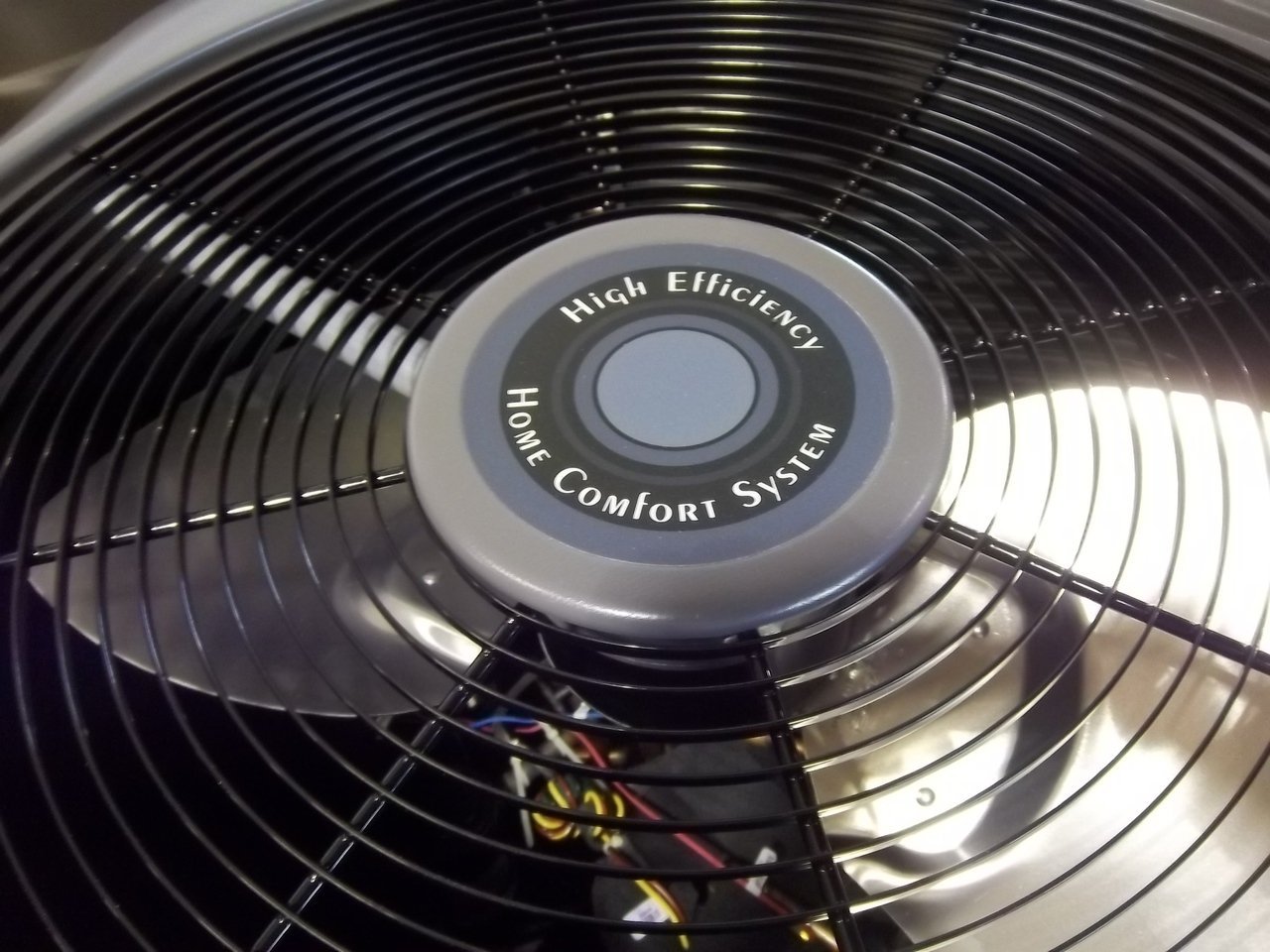
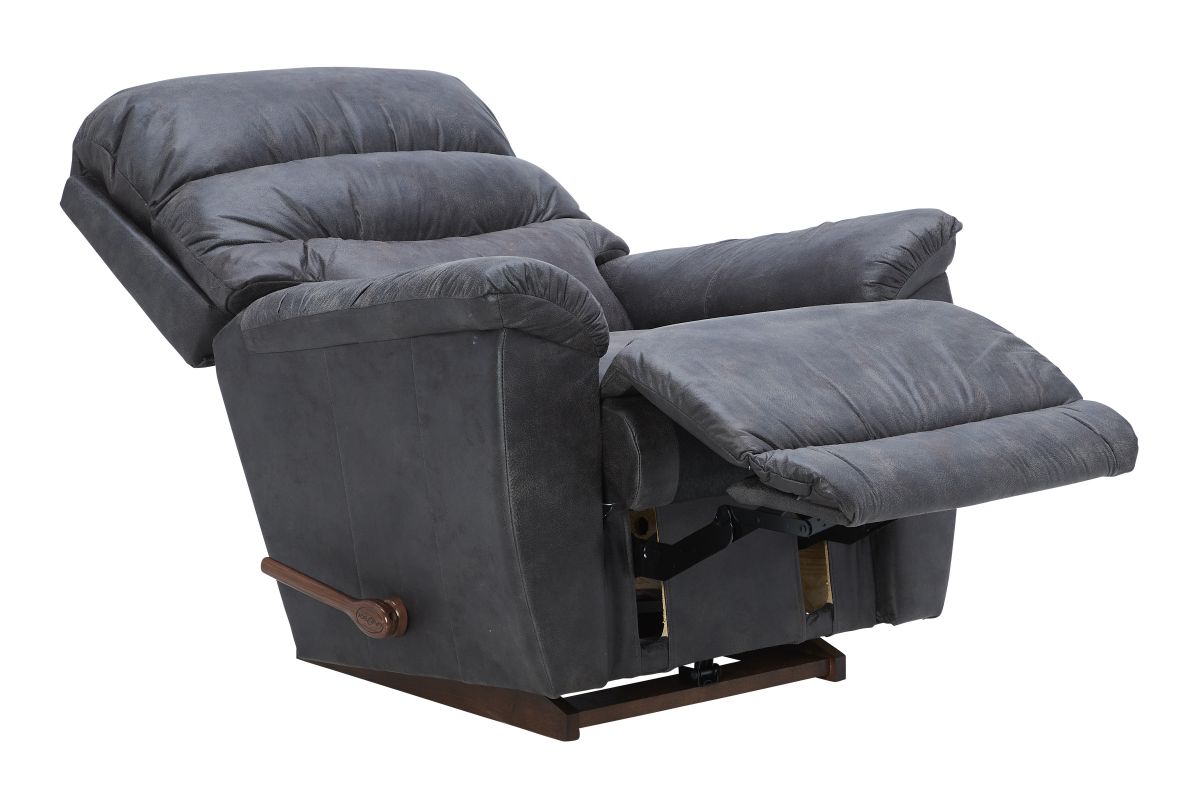
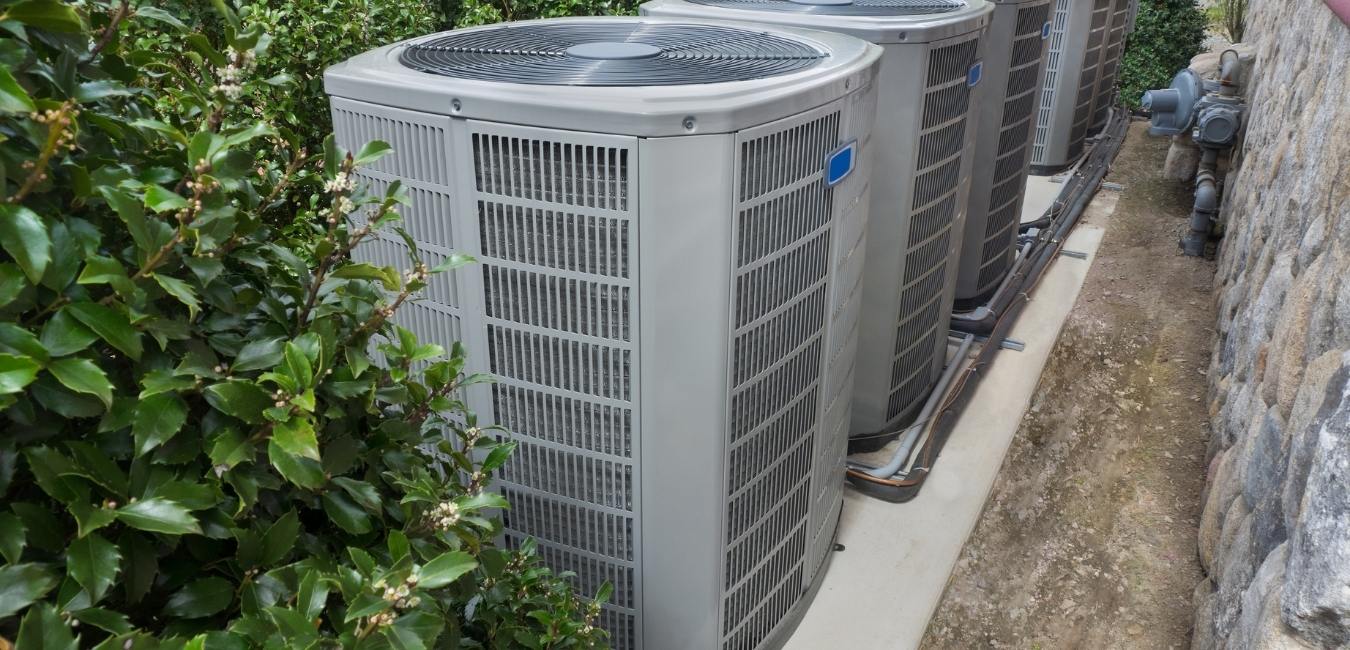
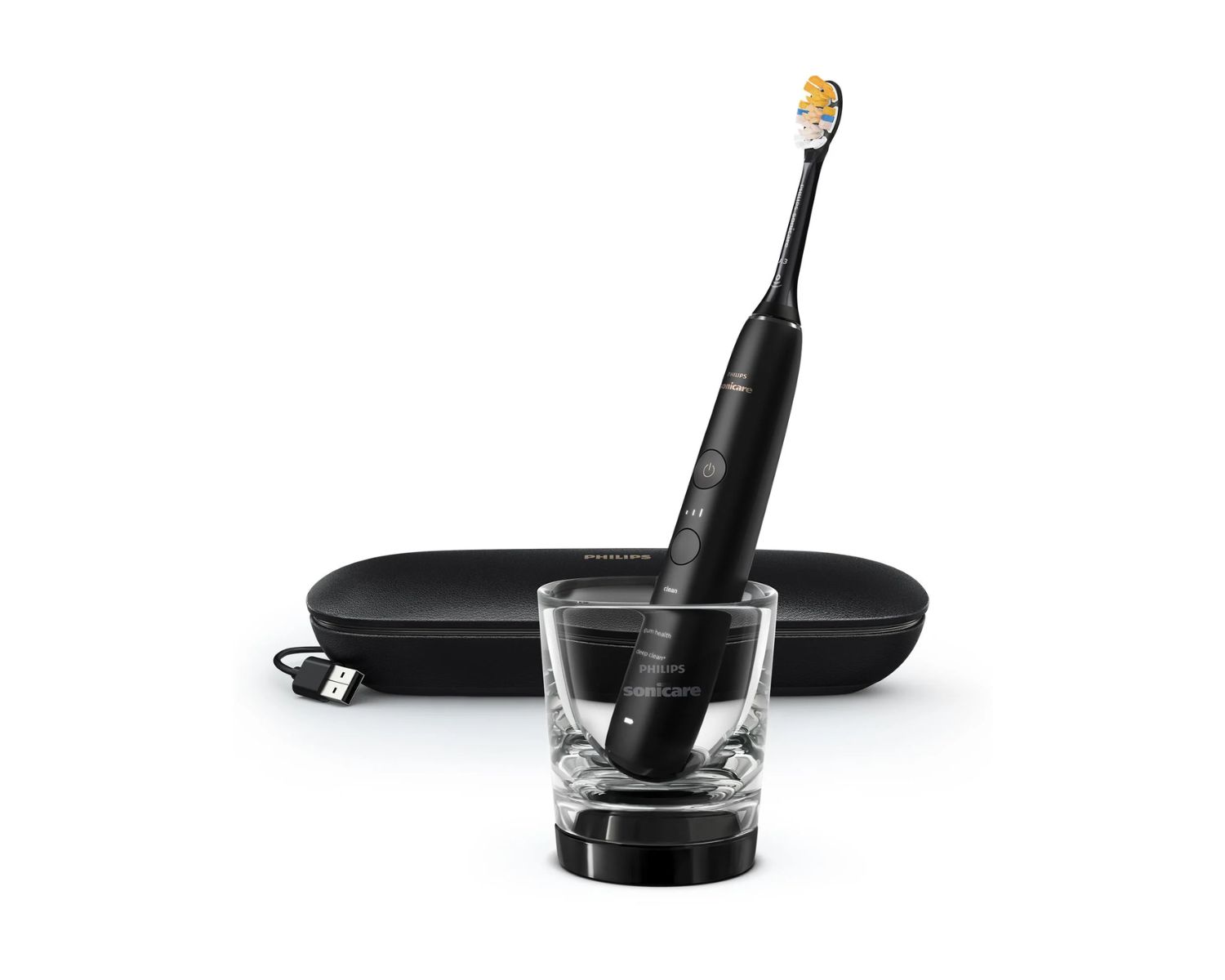
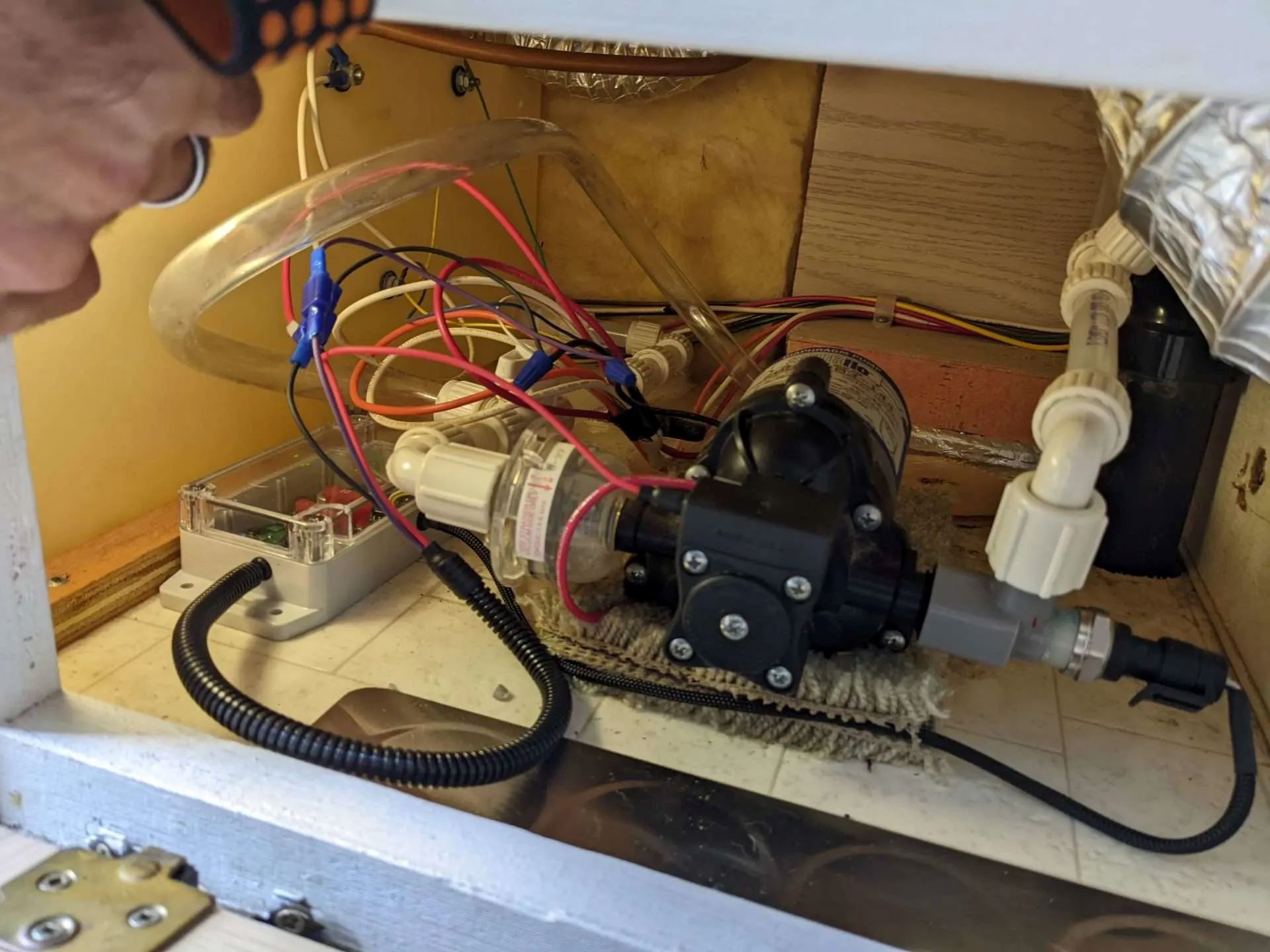

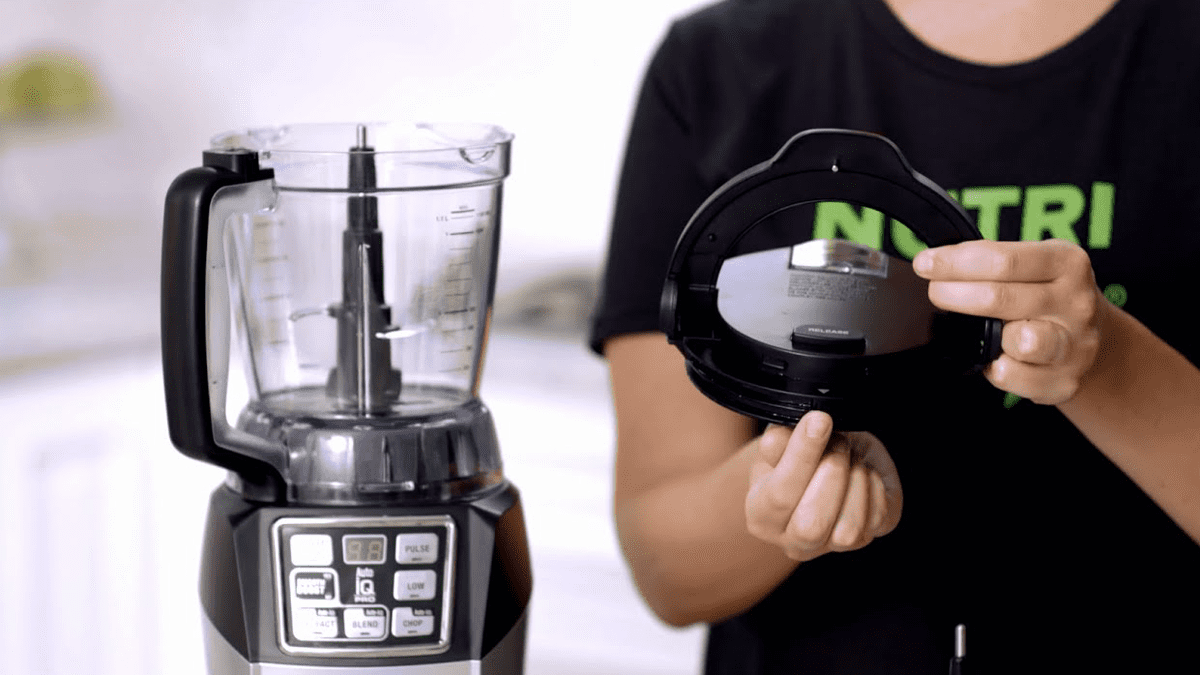
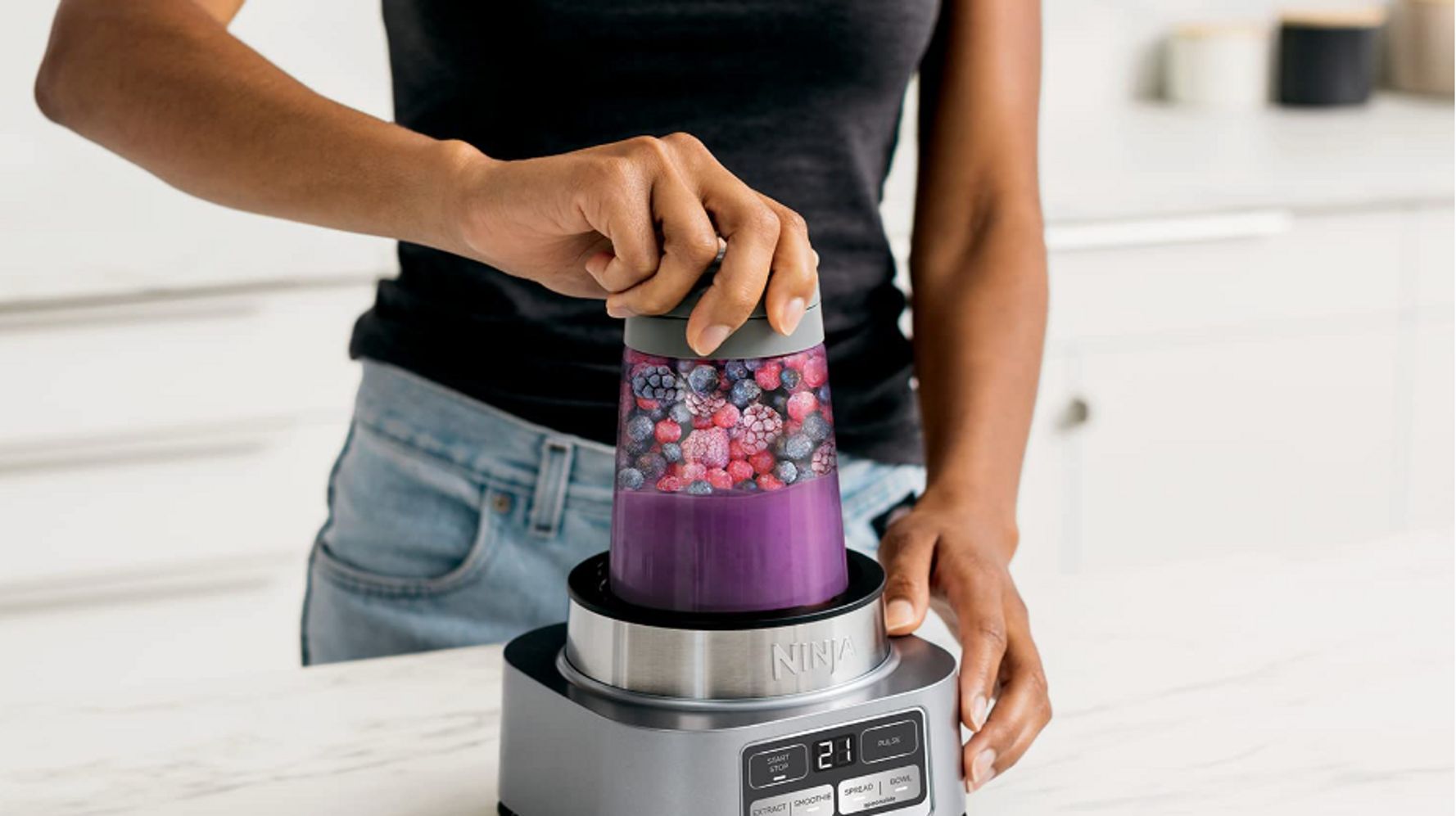
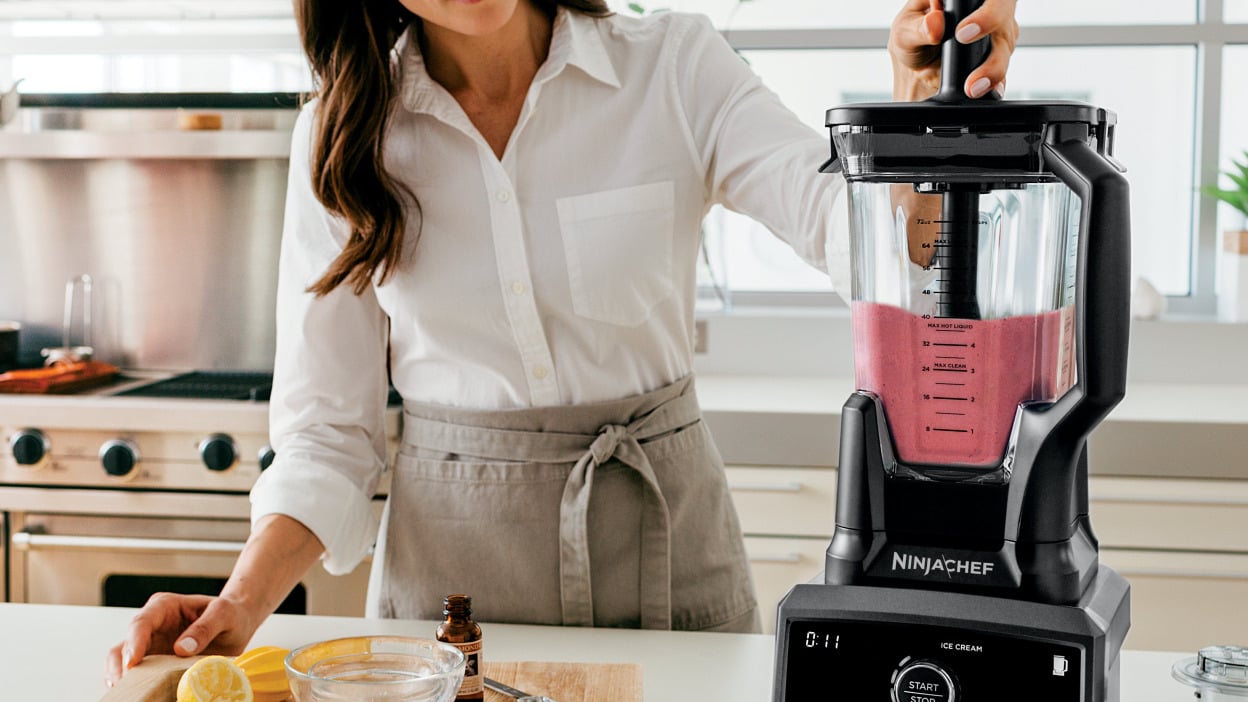
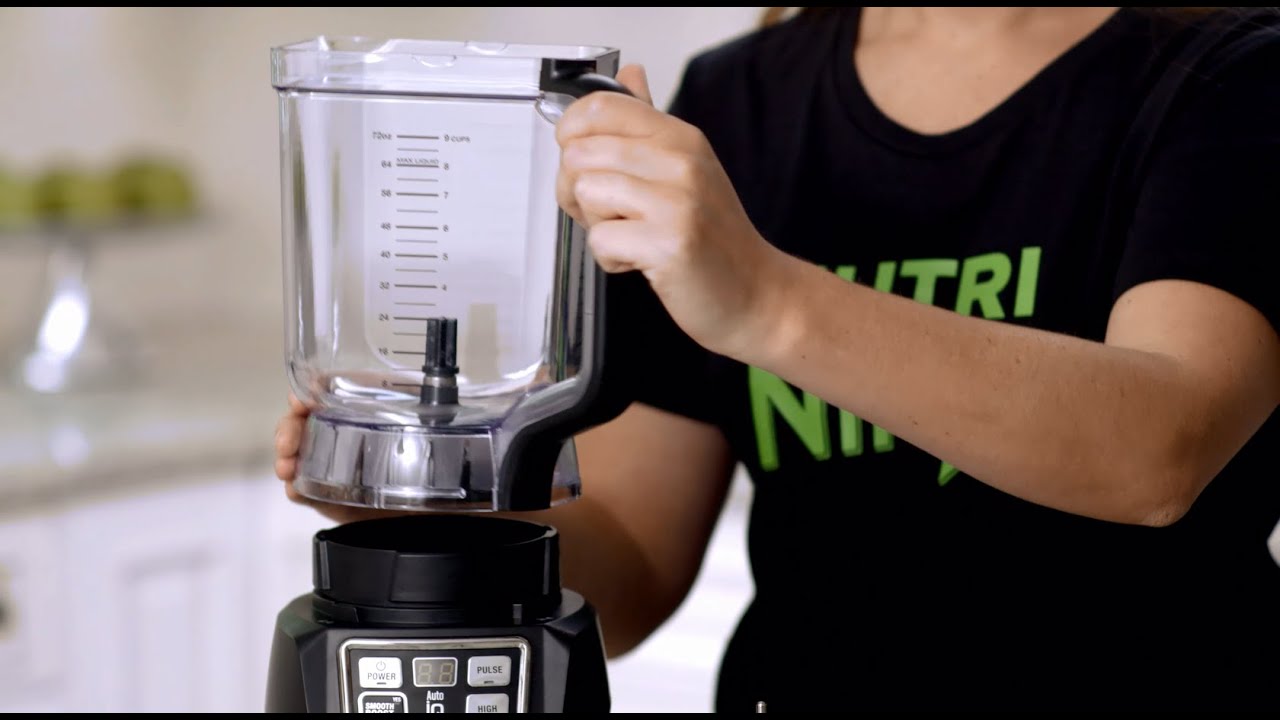
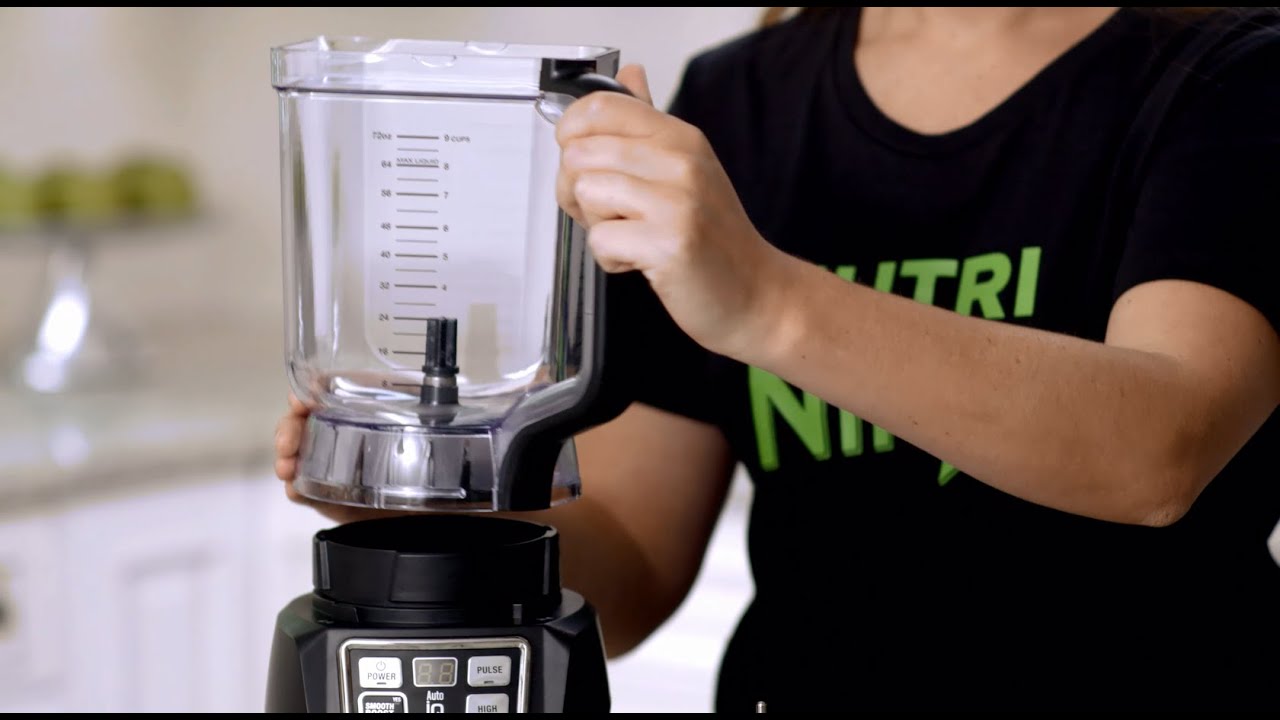

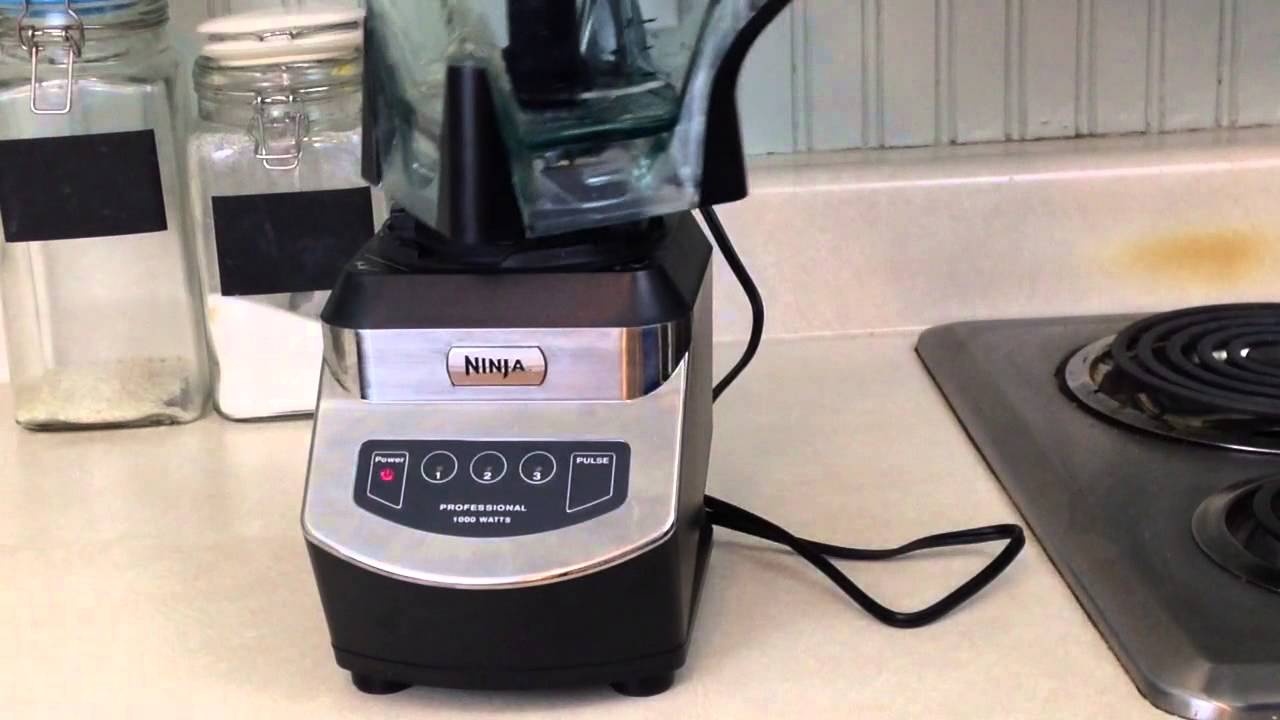
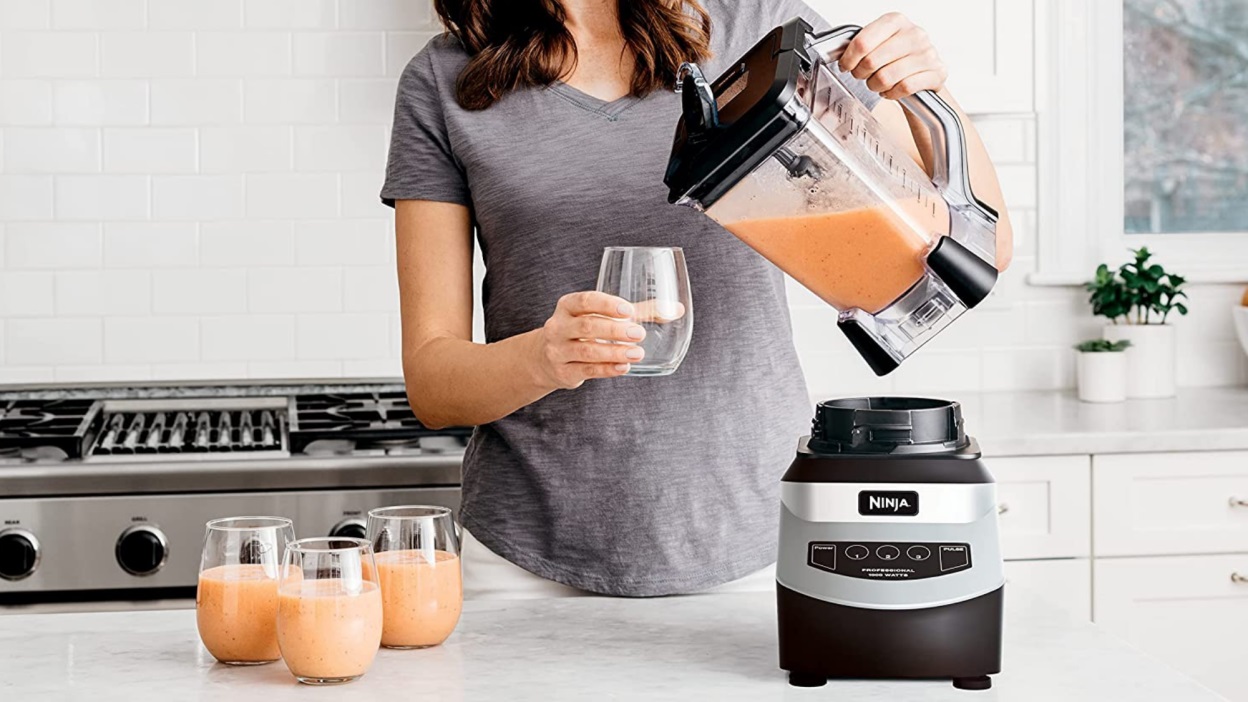

0 thoughts on “Why Is Ninja Blender So Loud”